The Legend of Montezuma's Treasure
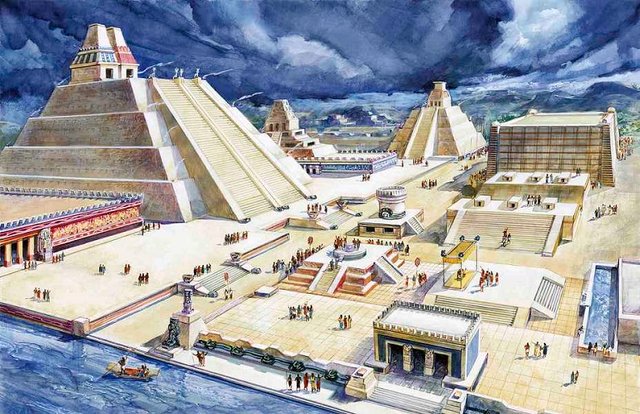
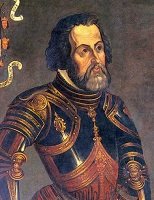
Well, the gifts only showed the Spaniards that where there was some, there must be more. Cortes and a large group of local tribesmen fed up with the Aztecs, reached the capital of Tenochtitlan on November 18th of that year and were welcomed with a ceremony fit for the Gods. Montezuma again gave more treasures to the Spanish.
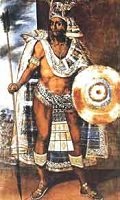
Eventually the Aztecs had enough of this treatment and rebelled against the Spaniards in June of 1520. Cortes paraded Montezuma out onto the steps of his palace to have him placate his people. Well, the Aztecs ended up stoning Montezuma to death. They then turned that fury once again to the Spanish, who were forced to leave most of the treasure behind and flee. It was said that so many died, a person could walk across the cities canals on the corpses. The Spanish called it la noche triste, the sad night.
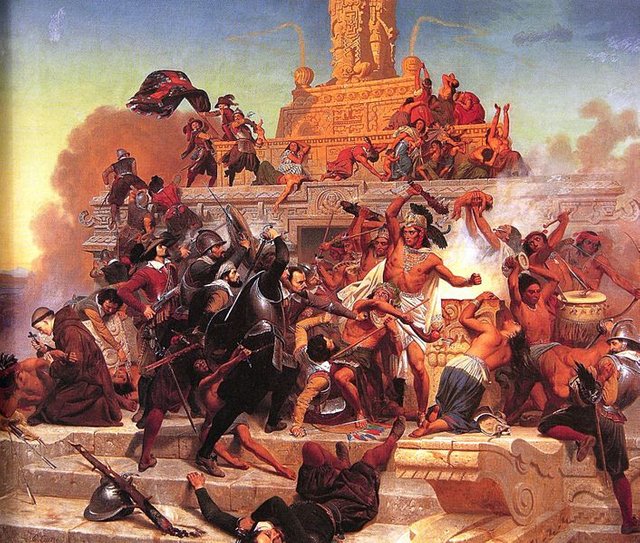
Cortes regrouped and obtained even more local allies of the Tlaxcalan tribe and returned on August 13, 1521. They captured the new King, Cuauhtemoc, and literally held his feet against a fire to get him to confess where the treasure was, as the rooms full of gold they had seen last year were gone. Cauhtemoc would only say they threw it to the bottom of a lake. Cortes turned his rage against the common people, who only said the treasure was taken north and hidden at the bottom of a lake.
Cortes would search nearly 5,000 lakes in his quest to find the treasure. He never did.
The story told by Aztec descendants is that after the Spanish were driven out, the high priests knew that they would be back. So they had slaves carry the body of Montezuma and the treasure and departed. The priests and the remaining warriors, numbering around 2,000, left the city and headed north. It is said they traveled many moons in a north-northwesterly direct until they came to the base of a great mountain at the edge of a desert. There they hid the treasure, and killed all the slaves.
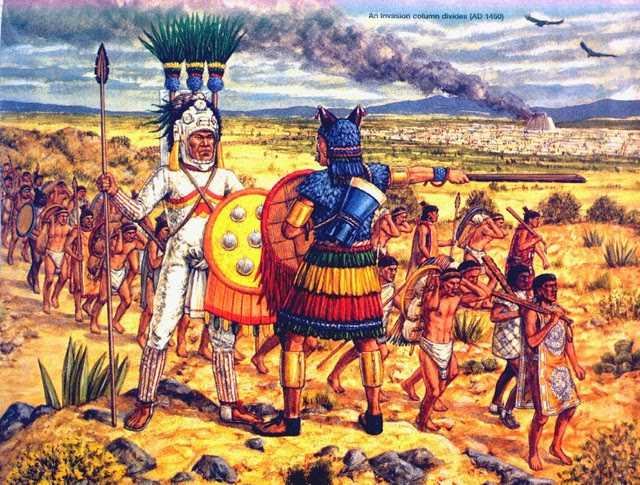
Flash forward to September 8th, 1867. James White drifts ashore near the Mormon town of Rioville – where the Colorado and Virgin rivers meet. He had lashed himself to three logs and managed to survive the rapids, apparently the first white man known to do so. White was delirious and near death, but the Mormons managed to nurse him back to health over the next few weeks.
White was able to piece his tale together and his story was incredible. He was in a group of men prospecting for gold in Western Colorado, somewhere around Moab and Grand Junction, when his party was attacked by natives. White and a companion were able to escape. Not knowing the area, they decided that going down river was the best option and so made a raft out of logs. Well, the raft broke apart on the first rapids they met, and his companion and all the supplies were lost.
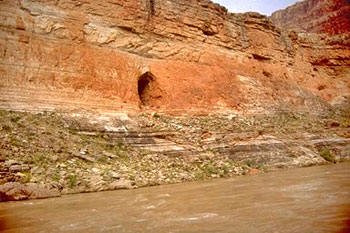
White thought that they were going to kill him. But they fed him and nursed him back into health before sending him on his way down river again. He never tried to go back and find that cave again, no matter how many people asked him. Nobody thought a person would give up on a treasure like that, so they just said that it was a tale he dreamed up while delirious. Over time his tale was mainly forgotten.

When a newspaper reporter got wind of the story, he showed White some photos of Aztec figures – which White confirmed were like what he saw.
Move forward again to 1902. A solo prospector named Jake Johnson was working an area in the Utah badlands south of St. George when he broke his leg. He was found by a local Paiute man who, and in exchange for Johnson’s gear, would help him. He was brought back to the Paiute’s home, whose squaw took care of him.
One time while the man was out hunting, a mountain lion attacked the squaw. Even though his leg was broken, Johnson was able to kill the mountain lion and save her. With this act he became like a brother to the Paiute man. During the night, the man would tell Johnson stories of his people. One tale was of a huge treasure that had been hidden for hundreds of years.
The story was that a large band of organized and warlike men had traveled here from the south, bring with them slaves dragging boxes covered in animal skins. These men went to the Grand Canyon and descended into it from the south rim. They put their animal skin covered boxes in a cave near the bottom and then killed all the slaves. Half the men remained as guards, while the other half returned to the south. Many years went by and no one returned.
The guards married local Paiute women and told great tales of a vast empire of cities to the south. That the treasure must be guarded until their king returns to claim his treasure. He would bring great prosperity to the Paiute if it was protected. Death if it was missing.
At first, Johnson thought it was just a tale told around the fire. But if it was true he could become rich! He decided he would ask this man to show him the cave, because Johnson had saved his squaw. After thinking about it for a few days the Paiute man said that if they were both alive in a year he would bring him to the cave.
Johnson wrote a letter to his brother, telling him to meet him in northern Arizona at Pipe Spring in September of 1903. The Man and his squaw showed up, but were angry that his brother was here as the deal was for him alone. But Johnson managed to calm things down and they agreed to the demand that they could only take as much treasure as they could carry.
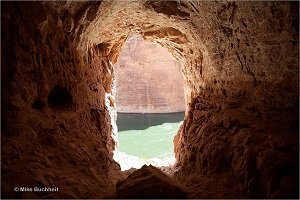
The Johnson brothers could tell they were at the bottom of the canyon because they saw an entrance with a sand beach, but they didn’t know if they came down a cave from the rim, or if they had entered from an entrance along a sheer wall. It was dark by the time they got out of the cave.
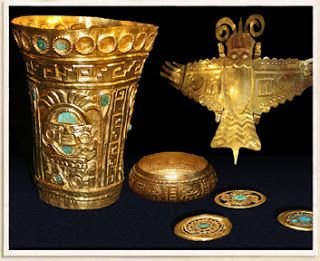
After managing to get back to Pipe Spring, they headed over to Salt Lake City where they sold their treasures for over $15,000 each!
Using some of that money to buy the best gear possible, they returned to look for the cave. Dreams of being rich beyond measure were at the forefront of their thoughts. But it wouldn’t be so. They searched for that year and the next, but after a while the land all looked the same to them. They ended up buying cattle ranches in southern Utah with occasional trips to go search the canyon.
In 1907 they wrote an article for the Salt Lake Mining Review telling their tale. Which set off a fury of other treasure hunters. None had any success, but it did set the legend into history. Of course, there are tales of it being elsewhere as well.
By these accounts, the treasure should be around the area known as Marble Canyon, AZ. Anyone want to go check it out?
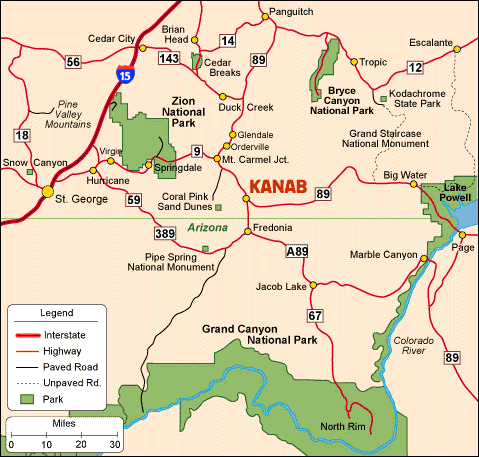
What do you guys think? Is there any truth to the legend, or was it just some story that was told around the campfire?
My moment of honesty:
@getonthetrain
Source Source Img Img Img Img Img Img
Great post! Please share more like this.
Glad to hear you enjoyed it! I'd love to write more articles like this, just need to find the time.
Awesome story. I hadn't heard this one. We've visited Montezuma's Castle (which I don't think had anything to do with Montezuma at all) and I'm aware of other legends, but that one's new to me.
Have you heard of the Lost Dutchman of the Superstition Mountains? Supposedly there's gold hidden there. And there's also a tale of a stage coach laden with gold that was attacked. The drivers were able to hide the gold, but I can't recall if they were killed or never came back.
A couple of friends claimed that they got caught in a storm up there and hid in a cave where they found boxes that they think may have been from the coach. Weary and concerned for their health, they left without properly marking the cave, thinking they could find it later. They never did, though they searched many times... supposedly. :)
Archaeologists estimate that the place known as Montezuma's Castle was abandoned in the 1400s. It was named such in the 1860s because the discoverers thought the Aztecs constructed it.
One theory of the lost Dutchman's mine is that it is where this treasure is! They say that gold shouldn't be in the area that the Dutchman mine is claimed to be, the Superstition Mountains.
There are many tales of lost or hidden gold in our section of the southwest. I do find them all pretty cool reads. I guess that is the kid in me still. :D
Phenomenal article, I especially love the treasure map at the very end. Hope this one gets pounded with upvotes, bro...
Thanks for reading this one @ezzy :)
Another lost treasure story. I enjoyed your article. :)
I tend to think all my stories are lost treasure! ba-dum-tish!
Very intresting, i like Aztec's culture. Thank you for your work!
Thank you very much @natord. You keep doing good work too!
Post included in: Steemprentice spotlight #3 - Steemit Mentors and Mentees helping everyone steem better!
Thank you very much!
You are most welcome! :)